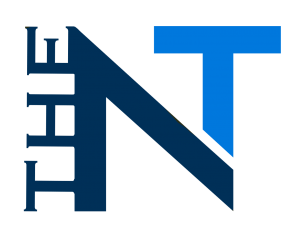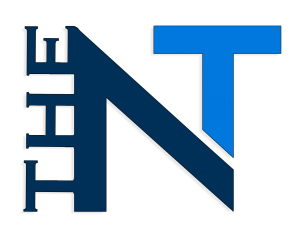Arson investigation has significantly progressed with the integration of new technologies. These advancements equip investigators with sophisticated tools to detect and analyze evidence with greater accuracy than ever before. This article examines the modern tools and techniques that are currently shaping arson investigation, providing insights into their application and effectiveness in the field.
The Evolution of Arson Investigation
Arson investigation has evolved from a practice based on intuition and rudimentary methods to a sophisticated discipline grounded in scientific principles.
In the early days, arson investigation was more art than science. Investigators relied on basic observation and witness statements to conclude the cause of a fire. The process was often subjective, with personal experience playing a significant role in interpreting fire scenes. The shift towards a scientific approach began as researchers started to understand the complex nature of fire. The introduction of the scientific method to arson investigation brought about a more systematic and evidence-based practice.
This transition was marked by the rejection of outdated beliefs and the adoption of empirical research to guide investigative techniques.
For years, certain fire patterns and indicators were erroneously believed to be conclusive signs of arson. For example, the presence of ‘alligatoring’ (a pattern on charred wood that resembles alligator skin) or ‘crazed glass’ (glass with a network of fine cracks) were once thought to be caused exclusively by accelerants. However, research has shown that these can also occur in accidental fires
Modern Arson Investigation
Today, arson investigators are equipped with an array of technological tools that have revolutionized the field:
- Thermal Imaging: These cameras can detect residual heat and are invaluable in identifying the points of origin of a fire.
- Chemical Analysis: Advanced techniques like gas chromatography-mass spectrometry (GC-MS) allow for the precise detection of fire accelerants.
- Computer Modeling: Software can simulate fire scenarios, helping investigators to hypothesize and test different theories about how a fire started.
As the field has advanced, so does the need for specialized education and training. Arson investigators now often have backgrounds in fire science and receive ongoing training to stay informed of the latest forensic techniques.
While advancements in technology have significantly enhanced the capabilities of arson investigation, the field continues to face substantial challenges. Evidence Preservation remains a critical concern; fire scenes are inherently chaotic environments where vital clues can be easily destroyed or contaminated. Ensuring that evidence is meticulously preserved for subsequent technological analysis demands rigorous protocols and swift action. Furthermore, Legal Considerations add another layer of complexity. The introduction of high-tech evidence in court proceedings can be complicated. The admissibility of such evidence often becomes a point of debate, necessitating exhaustive documentation and stringent validation processes to meet legal standards. These challenges underscore the need for ongoing refinement of both investigative techniques and legal frameworks
Moreover, the field continues to evolve, driven by a continuous influx of research and innovation. As new technologies emerge, they bring with them the promise of even greater capabilities. The future of arson investigation is poised to see the introduction of more sophisticated analytical tools, predictive modeling, and perhaps even artificial intelligence applications that could redefine the limits of what’s possible in forensic fire analysis.
despite these technological strides, the human element remains irreplaceable. The keen insight of experienced investigators, coupled with their understanding of fire behavior and the nuances of criminal intent, ensures that each investigation is approached with a comprehensive perspective. It is the synergy between human expertise and technological aid that fortifies the field against the challenges of complex fire scenes and intricate arson plots.
As we look to the future, the field of arson investigation stands on the threshold of new frontiers. With each advancement, investigators are empowered to uncover the truth with greater clarity, ensuring that justice is served and that the lessons learned from each fire contribute to the prevention of future tragedies.




